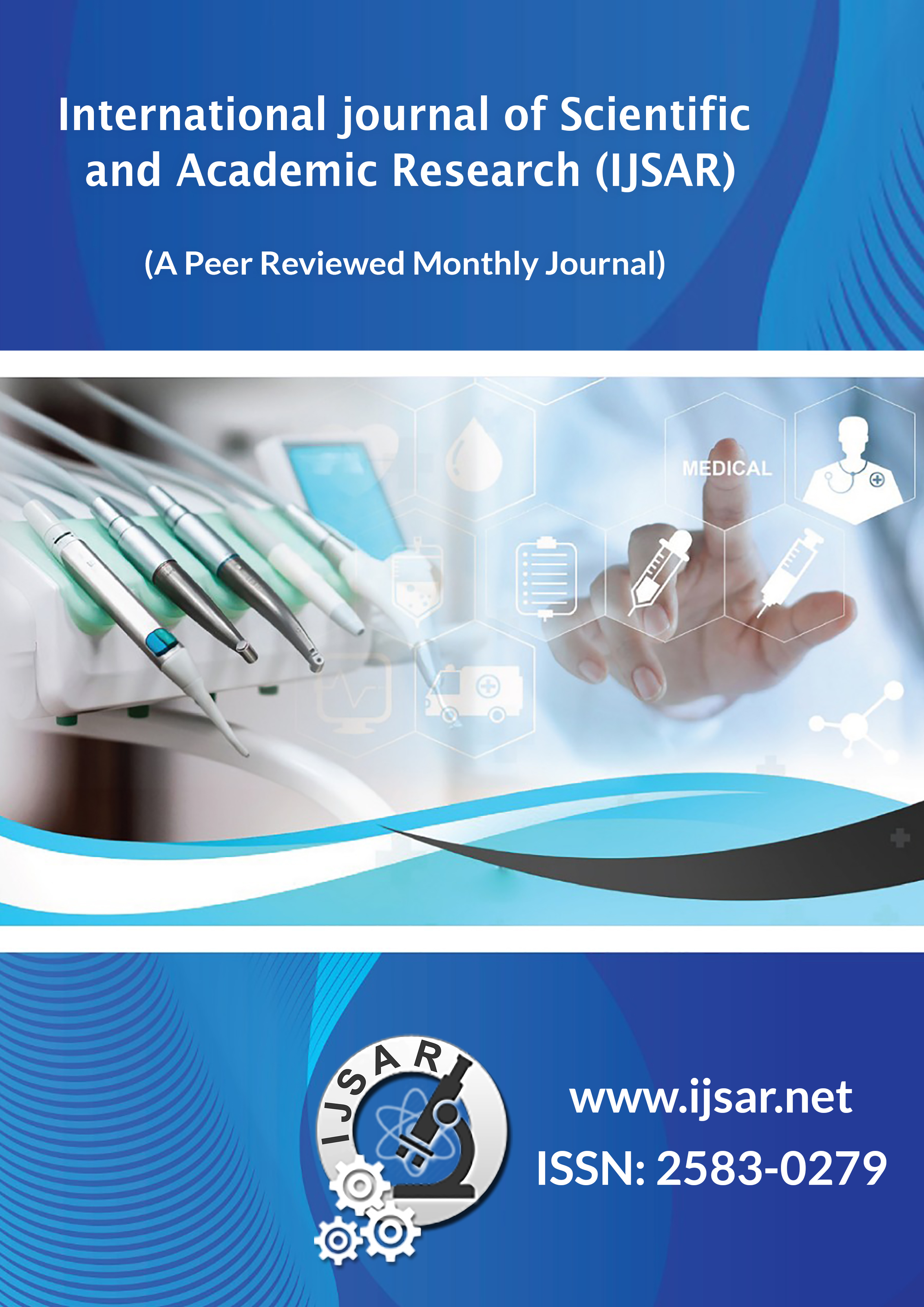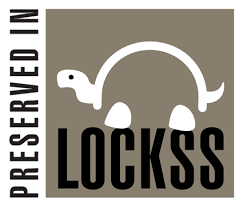Product Quality Control to Minimize Defects Using the Six Sigma Method in Labor Intensive Industries
DOI:
https://doi.org/10.54756/IJSAR.2025.4.7Keywords:
DMAIC, Defective Products, Quality Control, Six SigmaAbstract
PAIG is a manufacturing company that produces footwear components, especially the upper part, which receives orders only from one of the world's brands and will not be produced if there is no order from the brand. The problem is that the upper quality produced by PAIG in January-November 2023 has a higher defect than the target set by management. This impacted the high demand for additional materials and became wasteful due to the time-consuming re-production, which ultimately resulted in delays in the delivery of previously agreed orders. This research aims to analyze the quality of products made by PAIG using the Six Sigma method and reduce the number of defective products currently occurring in the company. Six Sigma quality control uses the DMAIC (Define, Measure, Analyze, Improve, and Control) stages to determine the characteristics of product defects, factors that cause product defects, and improvements to the factors that cause product defects. By using the DMAIC stage, it is known that the types of defective products are divided into four categories, with the largest category being defective components, while PAIG's sigma level is 4.19, which states that there are only 323 pairs of defective products for every 1 million pairs of upper produced. The analysis of this research shows that PAIG needs a standard operating procedure (SOP) to minimize defective products in each process.
References
Gasperz, V. (2005). Total Quality Management. Jakarta: PT Gramedia Pustaka Ilmu.
Iqbal, M.M. & Wiyono, A.S. (2018). Analysis of Product Quality Control with Statistical Quality Control Method (Case Study at UD 2003). Surakarta: IAIN.
Kholil, M. & Prasetyo, E.D. (2017). Quality review on Aerosol @65 x 124 with Six Sigma approach in line abm 3 assembly department. Journal of Synergy, Vol. 21, No. 1: 53-58.
Amrina, U., & Firmansyah, H. (2019). Analysis of Defect and Quality Improvement for O Ring Product Through Applying DMAIC Methodology. PASTI Journal (Research and Application of Industrial Systems and Engineering), 13(2), 136-148. doi:http://dx.doi.org/10.22441/pasti.2019.v13i2.003
Kusumawati, A. & Fitriyeni, L. (2017). Quality Control of Sugar Packaging Process with Six Sigma Approach. Journal of Industrial Systems and Management, Vol.1, No.1: 43-48.
Lauhmahfudz. (2014). Proposed Application of Six Sigma Method on Quality Control of ALL Chuck Taylor Low Cut Shoes at CV. Cikupa Inti Rubber, Journal of PASTI Industrial Engineering Mercubuana University, Vol. 8, No. 3: pp. 14–29.
Manmohanraj, R et al. (2014). Defects reduction in steering gear product using Six Sigma Methodology. Applied Mechanics and Materials. Vol 598: 647-651.
Nailah, A. Harsono, & Pratama, G. (2014). Proposed Improvements by Reducing the Number of Defects in Eiger S-101 Lightspeed Sandal Products Using the Sig Sigma Method. Journal of Industrial Engineering Itenas, Vol. 02: 256-267.
Nurullah, A. Lesti, F. & Adianto, R.H. (2014). Quality Improvement of S20S Yarn Using Sigma - DMAIC Method at PT Supratex. Journal of Industrial Engineering Itenas, Vol.2, No.1: 300-308.
Pashar, A. (2014). Adoption of Six Sigma DMAIC to Reduce Cost of Pure Quality. International Journal of Productivity and Performance Management, Volume 2, Iss 1 pp 103–126.
Srinivasan, K., Et All. (2014). Enhancing the effectiveness of Shell and Tube Heat Exchanger through Six Sigma DMAIC phases. Journal Procedia Engineering, Vol. 97: 64-71.
Windarti, T. (2014). Quality Control to Minimize Defective Products in the Production Process of Concrete Iron. UNDIP Industrial Engineering Journal, Vol. IX, No. 3.
Downloads
Published
Issue
Section
License
Copyright (c) 2025 Sakti Aji Lesmana, Novera Elisa Triana

This work is licensed under a Creative Commons Attribution-NonCommercial 4.0 International License.







.png)


